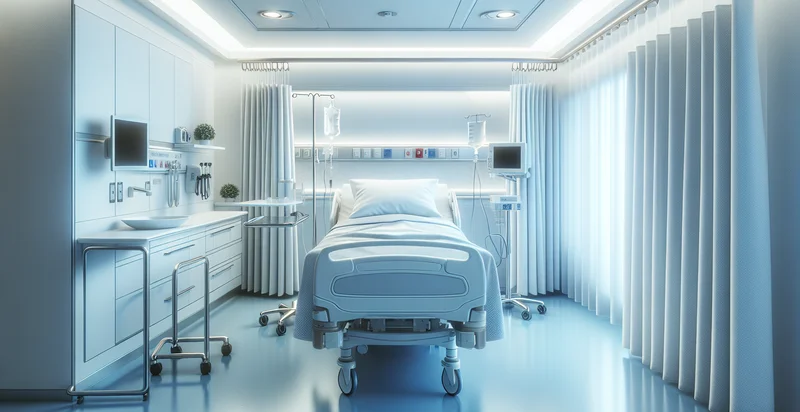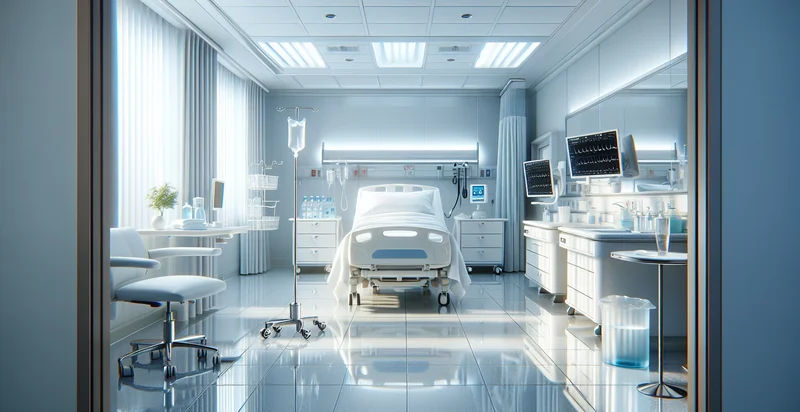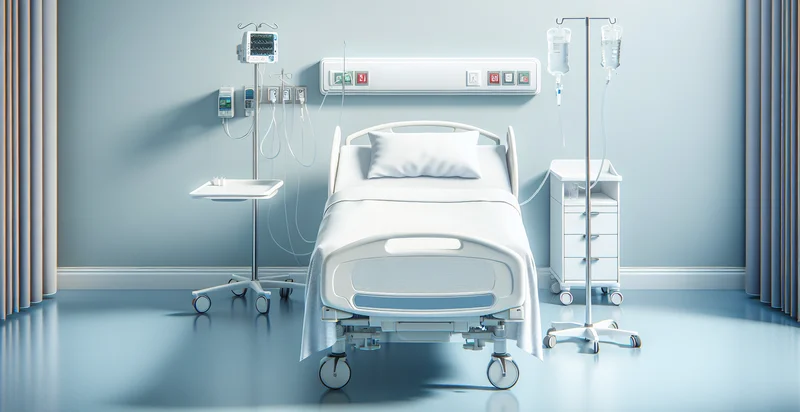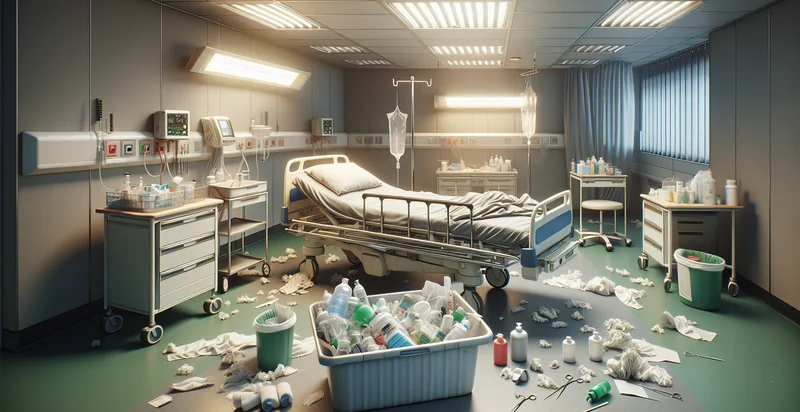Identify if hospital room is clean
using AI
Below is a free classifier to identify if hospital room is clean. Just upload your image, and our AI will predict if the hospital room is clean - in just seconds.

Contact us for API access
Or, use Nyckel to build highly-accurate custom classifiers in just minutes. No PhD required.
Get started
import nyckel
credentials = nyckel.Credentials("YOUR_CLIENT_ID", "YOUR_CLIENT_SECRET")
nyckel.invoke("if-hospital-room-is-clean", "your_image_url", credentials)
fetch('https://www.nyckel.com/v1/functions/if-hospital-room-is-clean/invoke', {
method: 'POST',
headers: {
'Authorization': 'Bearer ' + 'YOUR_BEARER_TOKEN',
'Content-Type': 'application/json',
},
body: JSON.stringify(
{"data": "your_image_url"}
)
})
.then(response => response.json())
.then(data => console.log(data));
curl -X POST \
-H "Content-Type: application/json" \
-H "Authorization: Bearer YOUR_BEARER_TOKEN" \
-d '{"data": "your_image_url"}' \
https://www.nyckel.com/v1/functions/if-hospital-room-is-clean/invoke
How this classifier works
To start, upload your image. Our AI tool will then predict if the hospital room is clean.
This pretrained image model uses a Nyckel-created dataset and has 2 labels, including Clean Room and Dirty Room.
We'll also show a confidence score (the higher the number, the more confident the AI model is around if the hospital room is clean).
Whether you're just curious or building if hospital room is clean detection into your application, we hope our classifier proves helpful.
Related Classifiers
Need to identify if hospital room is clean at scale?
Get API or Zapier access to this classifier for free. It's perfect for:
- Automated Cleanliness Monitoring: Hospitals can implement an automatic cleanliness monitoring system that utilizes image classification to identify whether patient rooms are clean. This reduces manual inspections and ensures high standards of hygiene are consistently maintained.
- Staff Accountability and Training: By analyzing images of hospital rooms before and after cleaning, management can provide staff with feedback on their cleaning practices. This data-driven approach can identify training needs and improve overall staff performance in maintaining cleanliness.
- Infection Control Protocols: The image classification function can assist infection control teams by flagging rooms that require immediate attention based on cleanliness. This proactive measure helps to prevent hospital-acquired infections and enhances patient safety.
- Cleaning Supply Optimization: By continuously monitoring room cleanliness, hospitals can optimize their cleaning supply usage based on actual needs. This helps to manage inventory more effectively while reducing waste and expenditure on cleaning materials.
- Patient Satisfaction Surveys: Hospitals can use the image classification function to correlate room cleanliness with patient satisfaction ratings. By ensuring rooms are consistently identified as clean, they can enhance overall patient experiences, leading to higher satisfaction scores.
- Regulatory Compliance Tracking: Hospitals can automate the process of documenting room cleanliness to comply with health regulations. By maintaining accurate records of cleanliness assessments, hospitals can ensure adherence to standards and be better prepared for audits.
- Resource Allocation and Scheduling: The function can help in optimizing cleaning schedules by analyzing which rooms need cleaning most frequently. This allows hospitals to allocate cleaning resources more efficiently and improve workflow management for cleaning staff.


